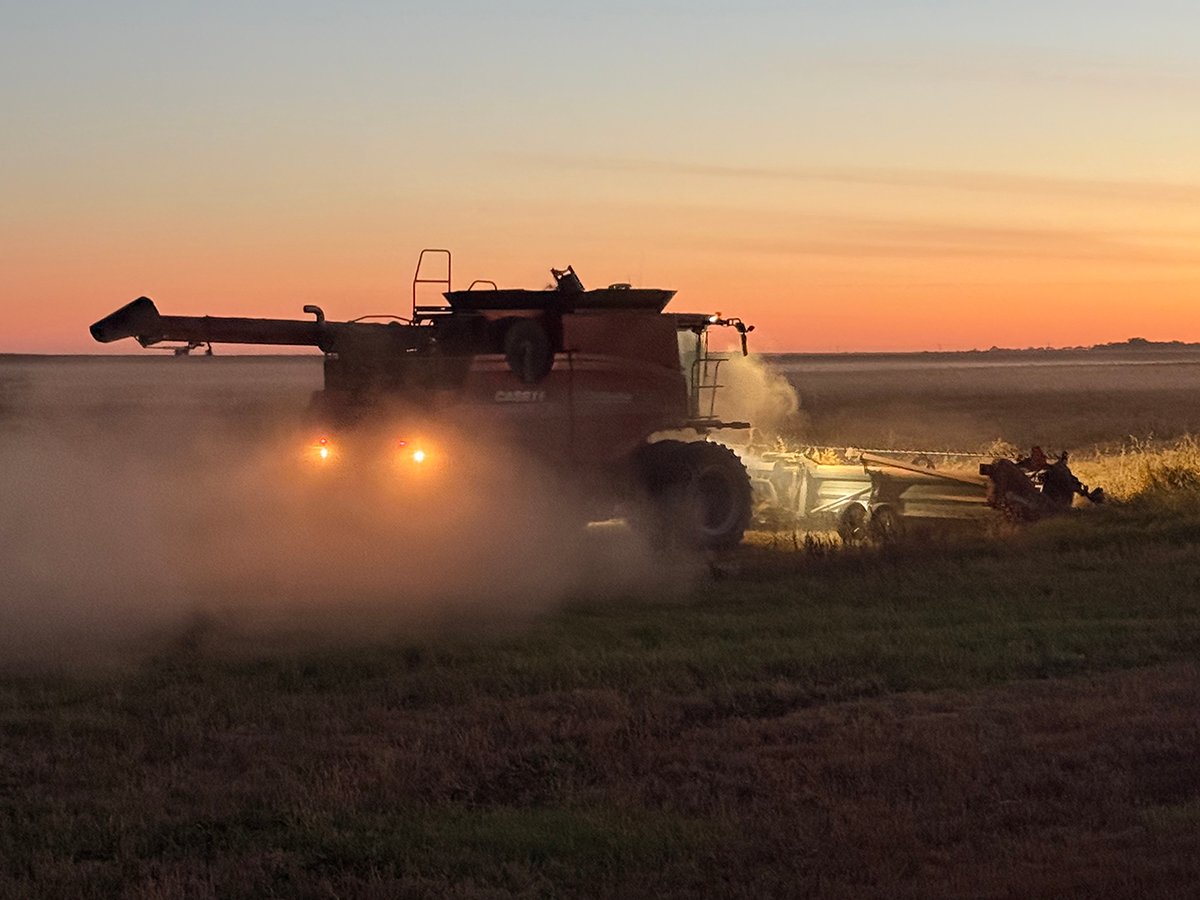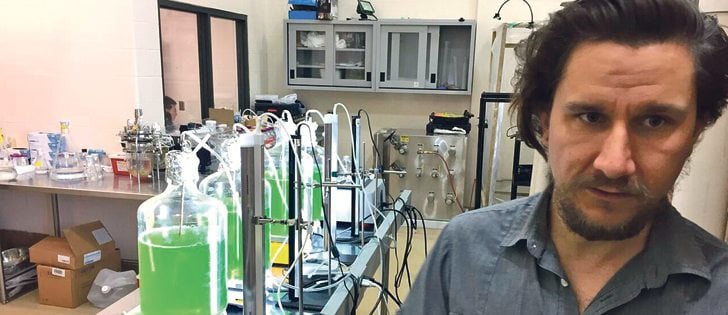If stock markets slump again today – which pre-market futures suggest they will – the equity markets will have returned to a level they have not been at since the bottom of the dotcom slump and will have broken through a key support level that has been giving non-bears hope.
The Dow Jones Industrial Average fell through the key 7,522 and 7,500 levels this week, returning the stock index to a level it has not been at since October 9, 2002. Remember that time? It was after the dotcom stock market debacle and after the darkness and anxiety introduced by the September 11 terrorist attacks, as well as a mini-recession. It also takes the index back to levels it reached in the mid-late 1990s, meaning for stock investors that their money has effectively been dead for a decade. Sure, stocks bring dividends, but money market funds would have brought a similar return – minus the risk. That’s devastating for the confidence of the stocks-for-the-long-run crowd and the buy-hold-and-prosper folks. Their creed isn’t seeming so sound right now. If those kinds of people begin throwing in the towel, then the downside could be huge.
Read Also

Downturn in grain farm economics threatens to be long term
We might look back at this fall as the turning point in grain farm economics — the point where making money became really difficult.
7,522 was the bottom of the slump last autumn and many observers have been watching to see whether that level would be tested and whether it would hold and become a new level of support to the market. If it does become a new support level, beyond which stocks won’t fall, then investors – even in a flat market – can have a better sense of how to place their money: every time prices approach 7,500 stocks are cheap and should be bought. Combined with a new resistance level investors could move in and out of the market and make money even if the DJIA stays trapped in a range of, say, 7,500 to 10,000.
But this fall through 7,500 challenges the hopes that this would be the new long term support level. It may in fact be the new support. Stock indexes are crude implements that only provide a surrogate for what’s going on in the economy and the world. They don’t have a magic power by themselves. So a small fall through 7,500 doesn’t mean that that rough support level has been eliminated. More confirmation is needed in order to avoid a “bear trap,” which is what happens when a bearish technical signal like this is prematurely embraced by investors but then turns out to be false. If investors sell on this signal today, but then the market rebounds off of what is shown to still be a support zone, they get nailed. So canny investors are watching what’s happening carefully, assessing whether 7,500 is really history, or just temporarily behind us.
What does this mean for ag commodities? I’m watching to see whether they once more become married to equity prices, as they did in the commodity slump and equity collapse of the autumn. There are fundamental reasons like tight stocks-to-use ratios that could justify higher prices for crops, but those haven’t mattered much in recent months as investors have sold every asset class and tried to be not long anything. If this present stock plunge beneath 7,500 lasts and picks up steam, it could once more vex farmers’ hopes for higher crop prices going forward. Weather and supply fears will always propel the market higher, but it would be nice to see prices go from $8 to $10 on a rally rather than from $5 to $7.

















